Maybe you’ve seen those clear resin blocks with butterflies, beetles, or scorpions frozen inside. They’re more than just decorations—they’re a creative mix of science, art, and preservation.
Bugs in resin let you capture the natural beauty of insects in a lasting, display-ready form.
You can make them yourself or buy from sellers who specialize in preserved specimens. Many crafters use them for jewelry, paperweights, or teaching tools.
If you want to learn how to preserve your own insects or find out where to buy ethically sourced pieces, this guide walks you through every step.
From what bugs in resin actually are to how to cast them and choose sustainable sources, you’ll see how this craft blends creativity with respect for nature.
Explore the resin craft supplies collection to find everything you need for your first bug-in-resin project.
What Are Bugs in Resin?

Bugs in resin combine natural insects with clear resin to make preserved art or decor. You can use this process to study insect anatomy, make jewelry, or create unique home pieces that last for years.
The resin protects the specimen and shows off every detail of its shape and color.
Definition and Overview
Bugs in resin are real insects sealed in transparent resin, usually epoxy or polyester. The resin hardens around the insect, shutting out air and moisture.
This stops decay and keeps the insect’s natural look. It’s kind of like a time capsule.
The clear resin lets you see wings, legs, and tiny textures up close. People use this method for both learning and craft projects.
Crafters dry insects completely before embedding. Moisture causes discoloration or bubbles.
Once sealed, the resin acts like glass—durable, glossy, and protective.
Types of Insects Used
You can preserve almost any small insect, but some work better than others. Common choices include:
|
Type |
Examples |
Notes |
|
Beetles |
Stag beetles, scarabs |
Their hard shells hold shape well. |
|
Butterflies & Moths |
Monarchs, Luna moths |
Wings show vivid color and pattern. |
|
Bees & Wasps |
Honeybees, hornets |
Popular for symbolic or decorative use. |
|
Spiders & Scorpions |
Tarantulas, small scorpions |
Often used in display pieces or jewelry. |
Very soft-bodied insects can shrink or deform, so it’s best to avoid those. Always dry the specimen before embedding to stop rot or silvering inside the resin.
Popular Uses and Displays
You can use insects in resin for art, study, or decoration. Pendants, keychains, and paperweights are pretty popular.
Some crafters design little dioramas by adding flowers, leaves, or stones around the insect. Others keep it simple to highlight just one specimen.
For display, you can polish resin pieces or mount them in shadow boxes. Clear epoxy resin gives a glass-like finish that shows off every detail.
Check out our article on Unique Resin Art Ideas: Creative Projects for Every Creator for even more inspiration to take your resin skills further.
How to Preserve Insects in Resin

Preserving insects in resin keeps delicate specimens safe and creates clear, lasting displays. You’ll need to prepare the insect carefully, pour resin in layers, and follow some safety steps to avoid fumes and skin contact.
Selecting and Preparing Specimens
Pick insects that are totally dry and free from moisture. Moisture can cause decay or cloudiness inside the resin.
If you find a fresh insect, let it dry for several days or put it in alcohol (like ethanol or isopropyl) for 5–10 minutes, then let it air dry.
Handle wings or legs with tweezers. Arrange them in a natural pose before casting.
You can pin them on foam or cardboard to hold their shape while drying. Small, lightweight insects like beetles, butterflies, or cicadas work best.
Avoid specimens with damage or mold. If you’re making multiple pieces, label each insect to stay organized.
Tip: Store dried insects in a sealed container with silica gel until you’re ready to cast.
Step-by-Step Casting Process
- Prepare your mold. Use silicone molds for easy removal. Make sure they’re clean and dry.
- Pour a base layer. Mix resin and hardener as the package says. Pour a thin layer and let it start to set a bit.
- Place the insect. Use tweezers to gently put it on the first layer. Try to keep it centered and flat.
- Add the top layer. Slowly pour more resin to cover the insect completely. Pouring in layers helps stop bubbles.
Let the piece cure in a dust-free spot for the time listed on your resin’s instructions—usually 24–48 hours. Once it’s hard, take it out of the mold and sand any rough edges.
Optional: Polish the surface with fine sandpaper or resin polish for a clearer finish.
Safety Tips for Handling Resin
Work in a well-ventilated area or outside. Resin fumes can bother your lungs and skin.
Always wear nitrile gloves, eye protection, and, if you can, a respirator mask.
Cover your workspace with parchment or disposable paper to catch spills. Keep food and drinks away from your materials.
Don’t touch uncured resin with bare hands. Clean tools with rubbing alcohol before the resin hardens.
Personalized tip: If you craft a lot, get a small fan or air purifier to keep fumes low and your workspace more comfortable.
Keep your work bubble-free with the resin tools collection designed for smooth, clear pours.
Where to Buy and Sell Bugs in Resin

You can find preserved insects in resin through online marketplaces, science shops, and direct suppliers. Many sellers offer bulk or wholesale deals, which makes it easier to stock up for crafts, teaching kits, or resale.
Finding Quality Suppliers
Look for suppliers who offer authentic, well-preserved specimens. Good sources usually list the species, origin, and resin material used.
This helps you know the insects are real and ethically sourced. Websites like Evolution Store, Oddities for Sale, and Amazon have a wide range—from beetles and butterflies to scorpions.
Check product photos, resin clarity, and customer reviews. If you can, buy from sellers who include sustainability details.
Some suppliers collect insects that have died naturally, which is more ethical. Watch for exclusive offers or bundle discounts if you’re buying several pieces.
|
Supplier Type |
Example |
Best For |
|
Science Stores |
Evolution Store |
Educational specimens |
|
Oddities Shops |
Oddities for Sale |
Decorative or collectible pieces |
|
Online Retailers |
Amazon, eBay |
Variety and convenience |
Selling on Etsy and Other Platforms
If you make your own bugs-in-resin pieces, Etsy is a great place to sell them. Buyers there look for handmade or artistic resin crafts, especially with insects.
Use clear photos and describe the insect type, resin, and size. Price your items based on material cost, time, and uniqueness.
Add keywords like “real insect resin art” or “preserved bug decor” so people can find your listings. You can also sell on eBay or social media marketplaces.
eBay works for collectors, while Etsy attracts crafters and gift buyers. Offer custom orders or gift packaging to stand out and keep buyers coming back.
Wholesale Opportunities
Buying or selling wholesale saves money or helps you grow your business. Many suppliers offer bulk pricing for teachers, retailers, or artists who buy a lot.
Some Amazon and eBay sellers list 50-piece sets for classrooms or crafts. If you sell, think about offering wholesale options to small gift shops or science stores.
Keep a simple catalog of your available specimens and prices. This makes it easier for buyers to order in bulk.
Offering exclusive deals to repeat clients can build long-term partnerships and steady income.
Add a natural touch by browsing the dried pressed flowers collection to pair with your preserved bugs.
Ethical Sourcing and Sustainability

When you buy or make resin pieces with insects inside, how you get your materials matters. Choosing ethical and sustainable suppliers protects both the environment and the people involved.
Museum Quality and Sustainable Practices
To make resin pieces that last, you need clear, stable resin that won’t yellow or crack. Museum-quality resin often comes from suppliers who follow ESG (Environmental, Social, and Governance) standards.
These companies reduce waste, use renewable energy, and track their supply chains. Look for biobased or low-VOC resins, since these limit harmful emissions and use less petroleum.
Some makers reuse leftover resin or molds to cut waste. Here’s a quick checklist for sustainable resin use:
- Buy from verified eco-conscious brands.
- Mix only what you need.
- Recycle containers when possible.
Supporting Responsible Collectors
The insects you use should come from ethical collectors who follow wildlife laws. Responsible collectors avoid endangered species.
They gather insects that died naturally or came from sustainable breeding programs. That sounds a lot better than taking bugs straight from the wild, right?
Ask suppliers for collection details—where the insects came from, how they got them, and if they used permits. When suppliers are open about their process, you know they care about nature too.
You can also support small-scale collectors who practice fair trade. Many of them put money back into conservation or help teach their communities.
|
What to Check |
Why It Matters |
|
Source documentation |
Confirms legality and ethics |
|
Species information |
Prevents use of protected insects |
|
Collector reputation |
Ensures responsible handling |
Read our guide: How To Make Dried Flowers for Crafts and Decor to learn how to create beautiful natural elements to include in your resin art.
Wrap Up
Ever seen a bug trapped in resin? It’s like nature frozen in time! Artists love this craft because it turns ordinary insects into stunning art. You can use clear epoxy resin to preserve butterflies, beetles, or even dragonflies.
The trick is to dry your bugs first, then pour resin in layers to avoid bubbles. Once it cures, you’ll have a shiny piece of nature that never fades—a perfect mix of science and art!
Resin art is full of creativity—from bugs to boards! Try your own project using Resiners’ clear epoxy resin and fun silicone molds to make unique pieces that last forever.
And if you want to perfect your finish, read our article: How to Polish Resin to High Gloss Fast & Easy for pro-level shine.
Frequently Asked Questions
How can I prevent tiny critters from getting stuck in my resin creations?
Work indoors or somewhere covered to keep flying bugs away. Use a dust cover or even a plastic container to protect your resin while it cures.
Turn off bright lights that attract insects. Try pouring resin when it's cooler since bugs are less active then.
What's the best way to remove insects that have already become trapped in resin?
If the resin's still wet, grab tweezers or a toothpick and gently lift the bug out. Add a bit of fresh resin to refill any dent.
Once the resin cures, you can sand the spot and add a thin top coat to smooth it out. It might take a little patience, but it works.
Can you share tips for ensuring a bug-free curing process when working with resin?
Keep your curing area closed off. Open windows or fans just invite trouble, honestly.
Cover the resin right after you pour it. A clear lid or dome lets you watch the cure without exposing the surface.
What are the ideal conditions to keep my resin workspace free of flying pests?
Pick a clean, dry place with a comfy temperature and low humidity. Skip working near food or plants—those attract bugs fast.
If you have to work outside, try screens or fine mesh barriers. They're not perfect, but they help.
Is there a natural or chemical method to repel insects during my resin projects?
You can try mild, natural repellents like citronella or peppermint oil near your workspace. Just don't get them on the resin.
Electric bug zappers or sticky traps can also help cut down on flying pests. Sometimes you have to experiment to see what works best in your space.
Could you guide me on how to salvage a resin piece that has bugs embedded in it?
If you see the bug close to the surface, try sanding that spot gently. Then, pour a thin layer of resin on top to make it look clear again.
For bugs stuck deeper inside, you could just polish the whole piece and frame it as a one-of-a-kind art project. Honestly, sometimes those little accidents end up looking pretty cool.

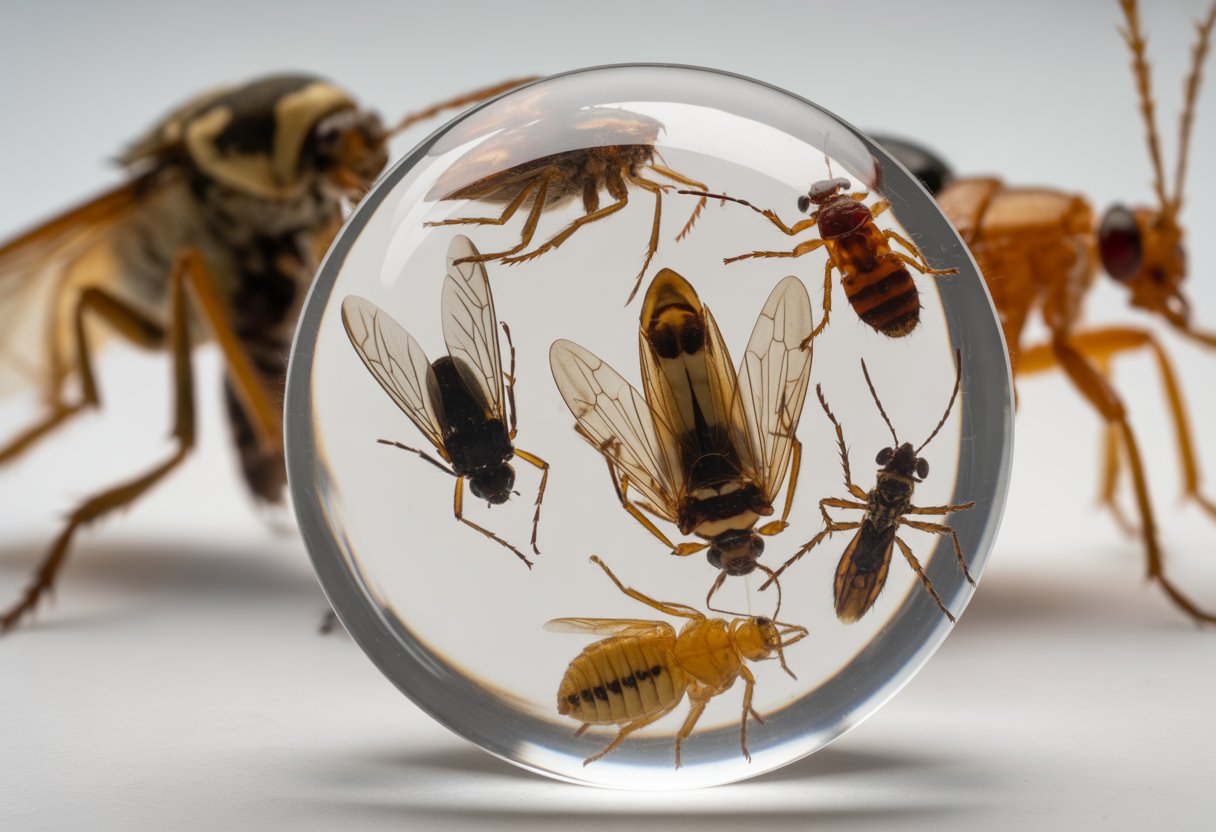
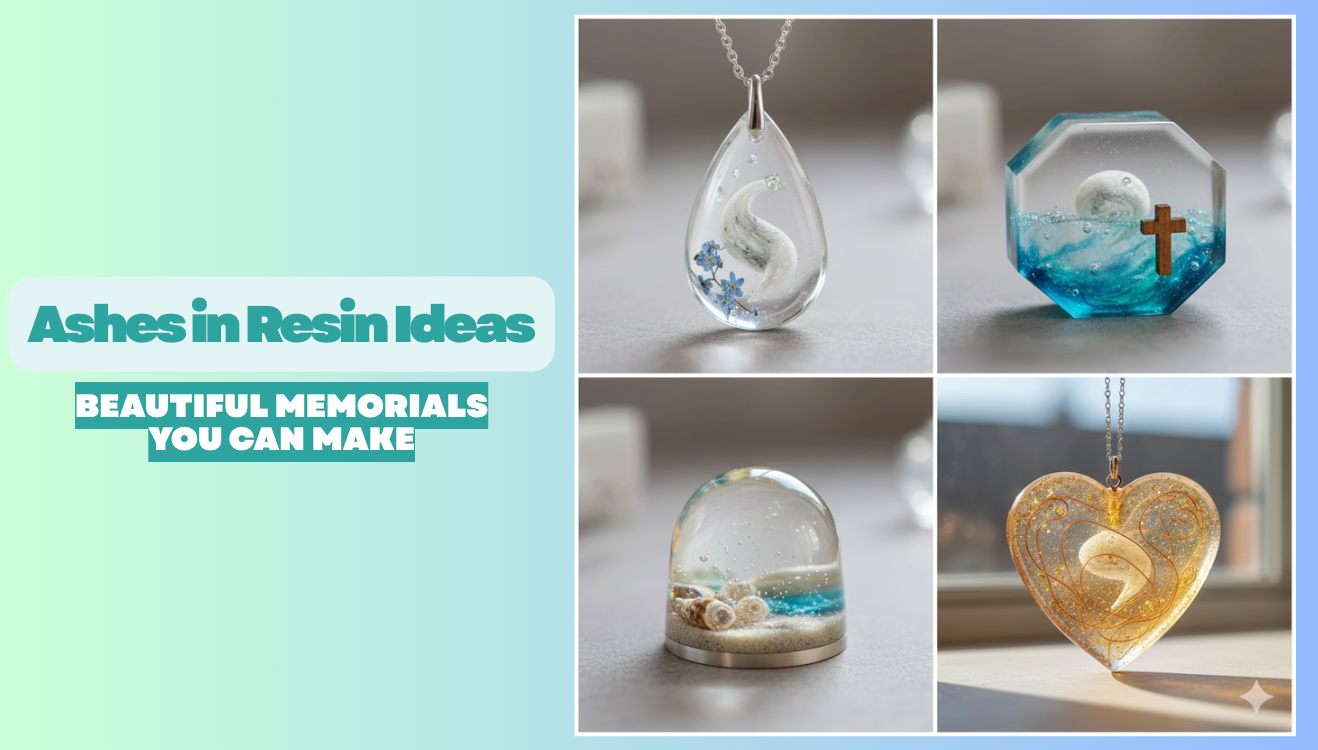
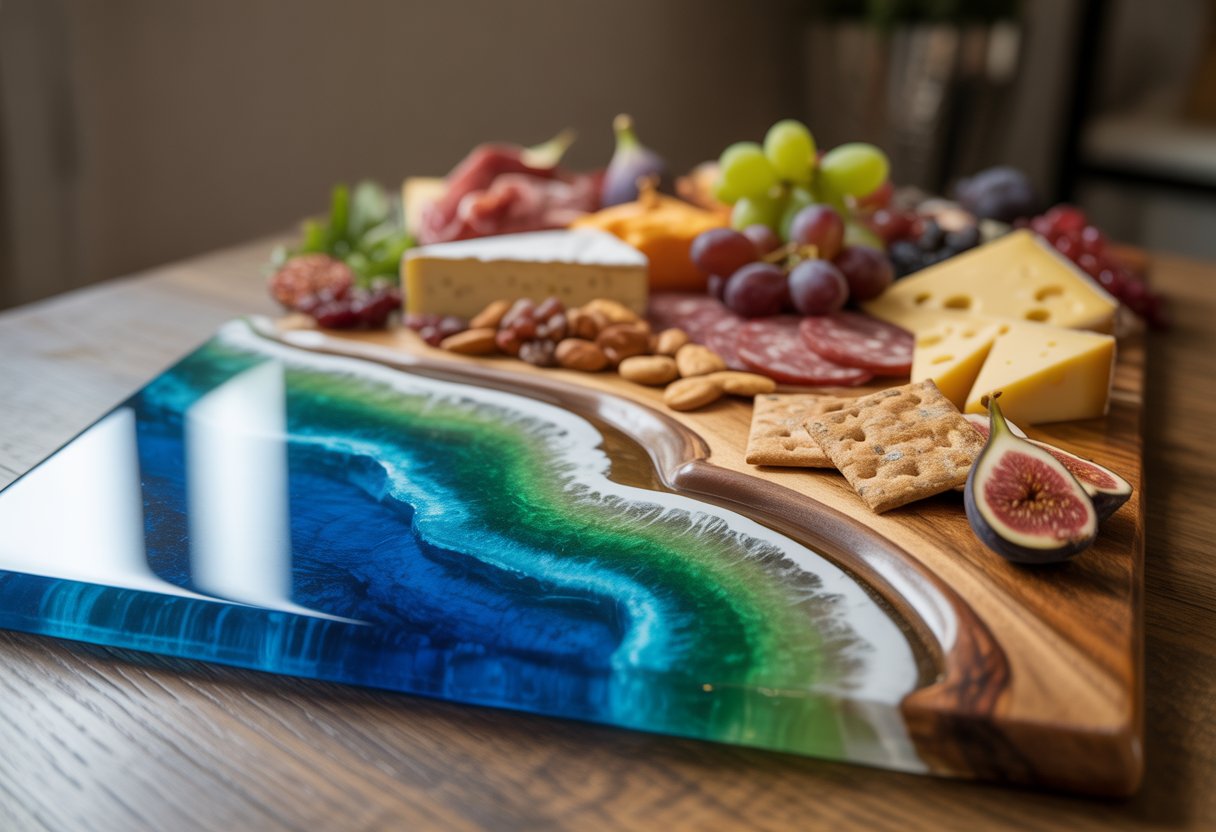


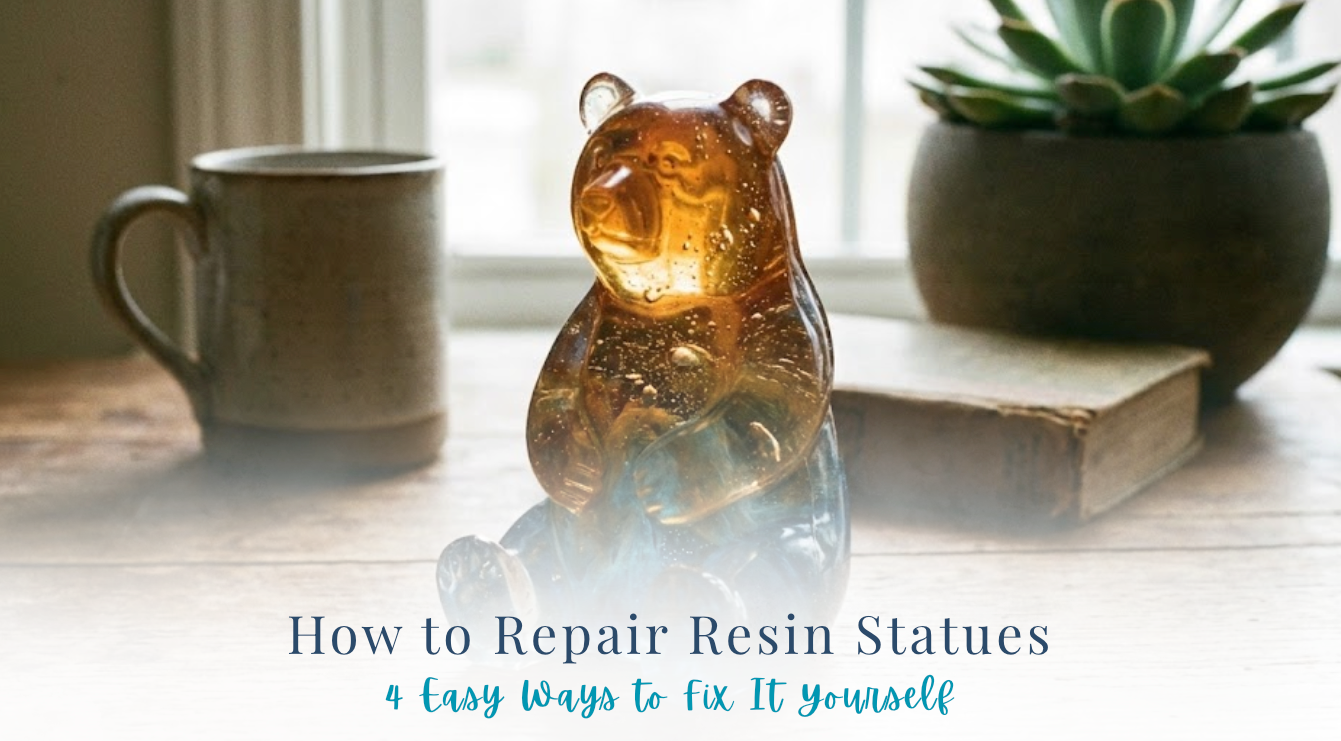

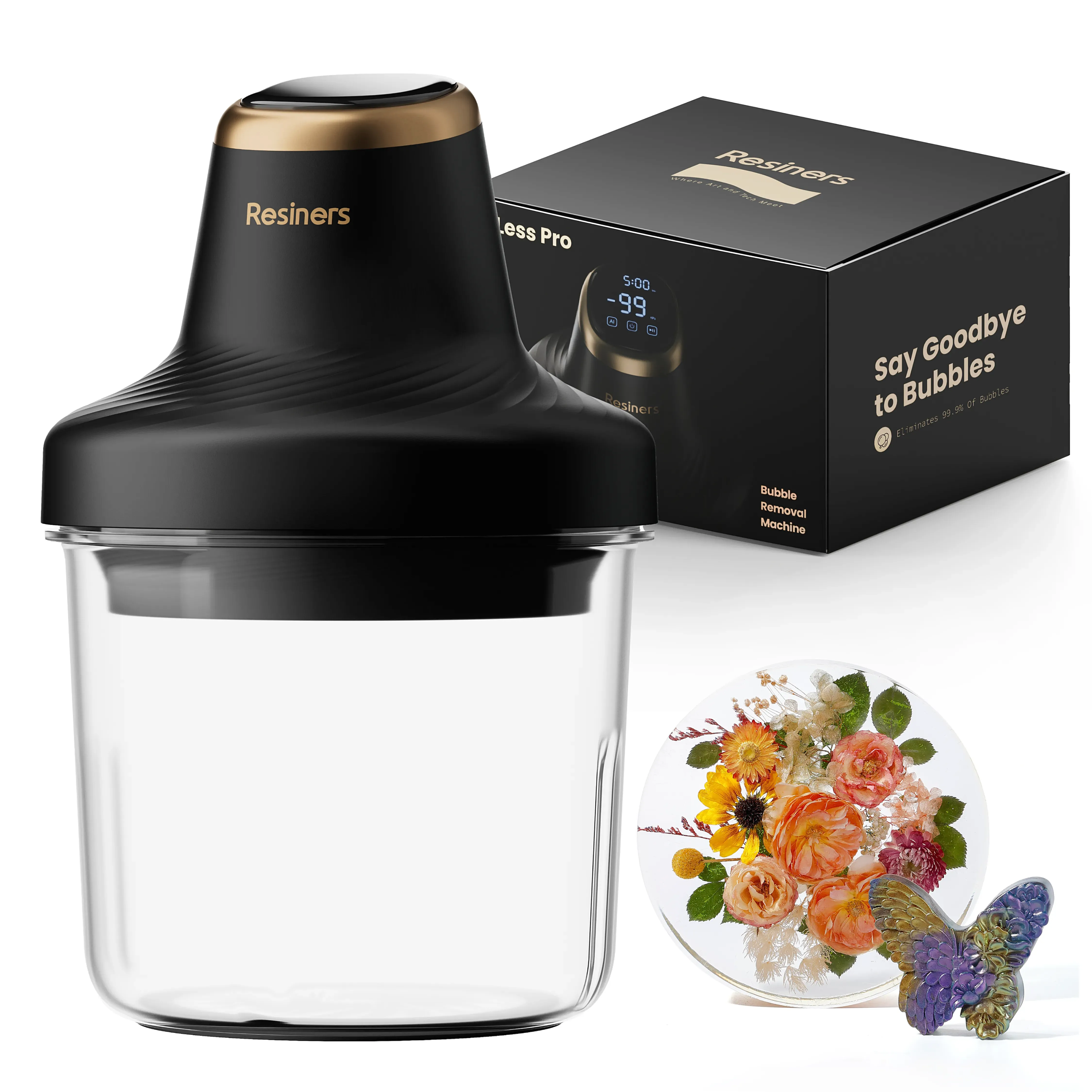



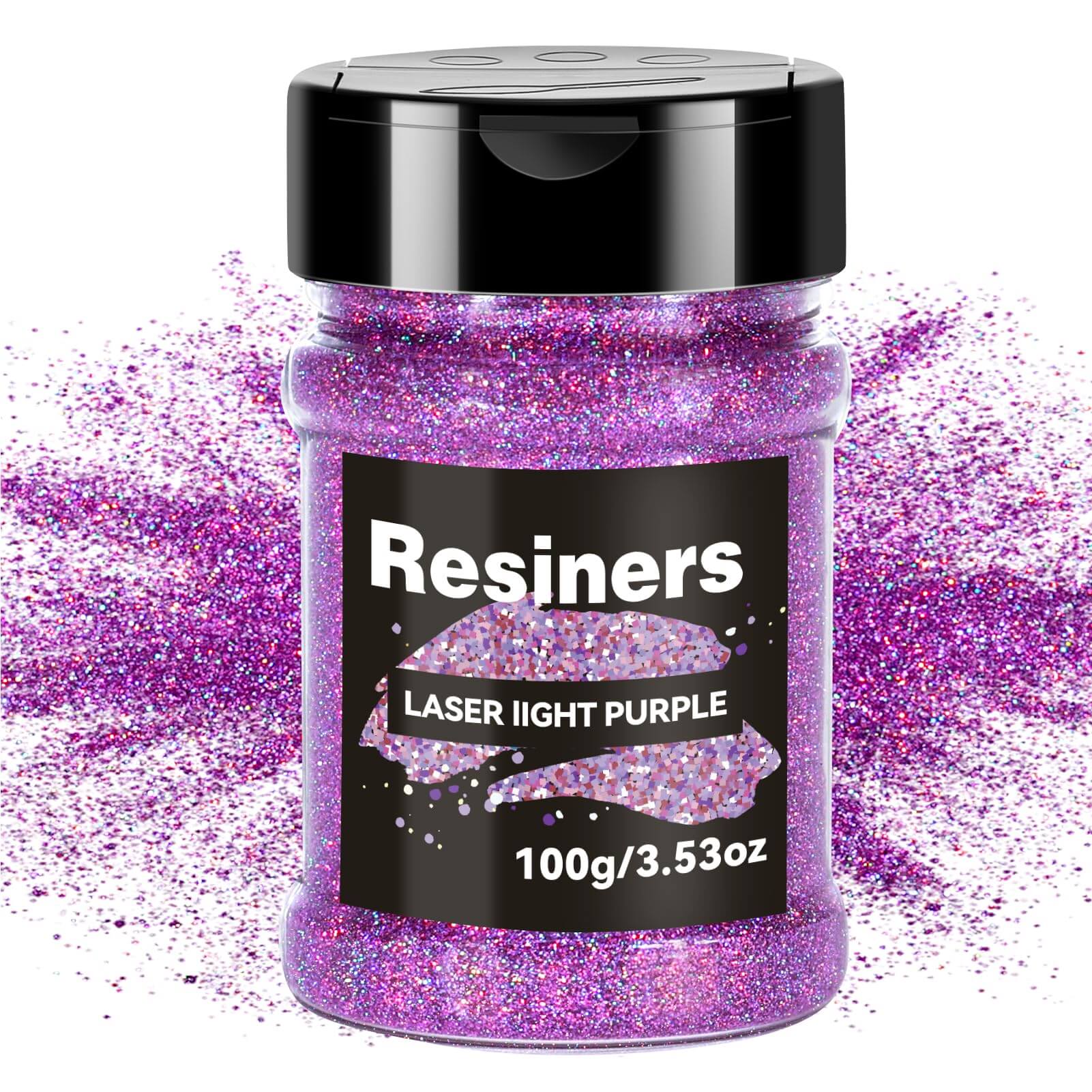
コメントを書く
このサイトはhCaptchaによって保護されており、hCaptchaプライバシーポリシーおよび利用規約が適用されます。